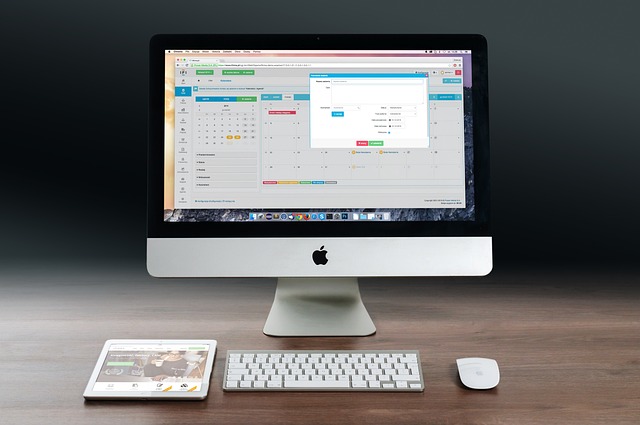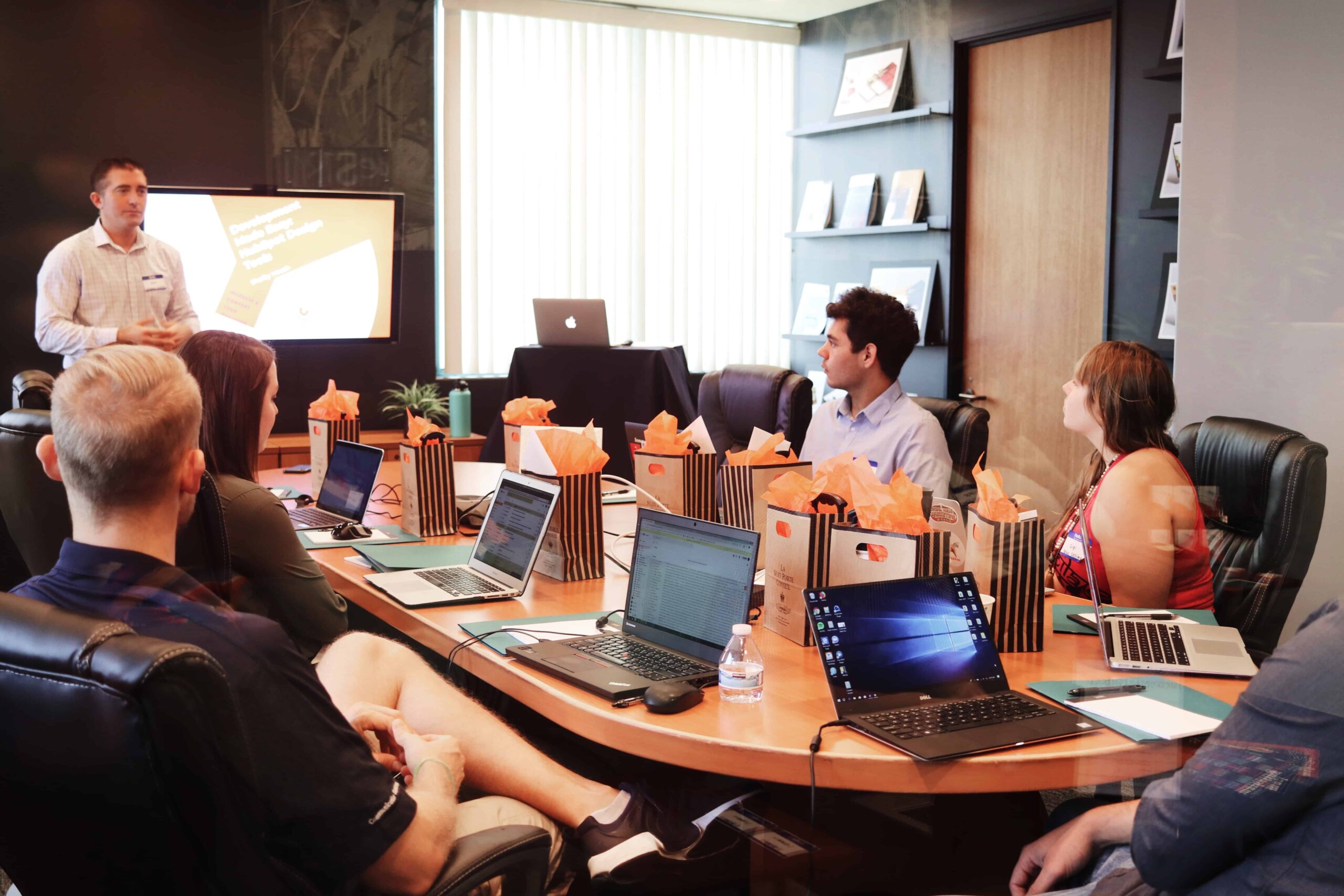There was a time when you turned on a computer and everyone logged into and used the same account. It didn’t matter who you were or what your role was, the same account was used across the board. Whether at home or in your office where you work or run your business, chances are, multiple people are using the same computer. This lack of privacy raises some red flags, among other things, like why single user accounts are a thing of the past.
Login Issues with Single User Accounts
When anyone opens a browser and logs into an online account, be it a banking profile or Google Drive, the information may automatically be saved. When a user, any user, uses the computer, they potentially have access to that information and would be able to log in.
For single user accounts, this means many eyes having access to what may be confidential client information or even the employee’s private data. Whether or not you trust your coworkers or employees, private information is just that – private – and needs to be kept secure. Not only that but there is a risk of files being deleted whether by accident or by a disgruntled employee.
Private files aren’t private.
If there is only one login for a computer, then private files aren’t private. Everyone who accesses that station has access to files stored on the computer. Using cloud storage will help alleviate the risk but it shouldn’t be the only solution. Imagine the financials of the business are stored on a computer that multiple employees use. It’s likely you don’t want you administrative assistant seeing that confidential information.
The solution is to have multiple user accounts so each employee sees what they are authorized to see while at the same time maintaining accessibility to the computer for everyone.
Permissions and Access
When using single user accounts, there is no option for controlling permissions and access.
Creating multiple user accounts will not only protect confidential information about the business, it will allow users to have different permissions and access. Depending on their role in the company, they may have greater or limited access. An upper management employee will be permitted to access financial statements while at the same time allowing their assistant to see only the information they need, which is likely not sensitive company data.
Whether you’re a solopreneur, a doctor in a large private practice, an attorney in a multiple-lawyer firm, or a Gilbert business owner, privacy and confidentiality are essential to your business. At IT Ninjas we understand the importance of multiple user accounts versus single user accounts and can guide you to a system that works best for you and your team.


